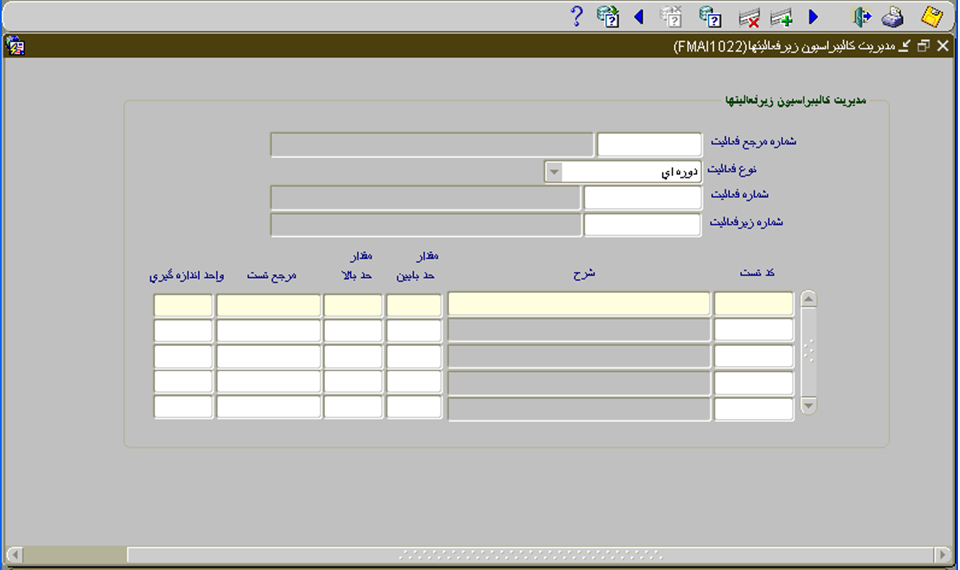CMMS- ERP Module
Computerised Maintenance Management System
Ideation & Problem
It was a big desktop system designed and developed for Mobarakeh Steel Company (MSC) in Iran. MSC is the largest steelmaker in the MENA (Middle East & Northern Africa) region, and one of the largest industrial complexes operating in Iran. This project took around 2 years to be completed. The main objective of this project was to help MSC with computerizing the whole process for creating, completing, and analyzing the maintenance work orders.

User Research & Solution

We did the user research of this project through the following methods;
1) Reviewing all the paper forms and procedures using in the existing maintenance works.
2) Interviewing with maintenance managers and 10 labors in different sections.
Then, based on the interview results and forms reviews, we developed the following documents before prototyping;
-
User requirements (functional & non- functional)
-
Domain Model: system components and entities as well as the relationship between the entities
-
Usecases: providing a list of actions or event steps typically defining the interactions between a role and a system to achieve a goal + exceptions (errors)
Design & Wireframing
After data collection and analysis, we prototyped the CMMS system. This system was designed to reduce unnecessary maintenance costs, partly by being able to collate all reports and requests across all assets, but also through preventative maintenance. The main process includes,
-
Submit, review, filter, assign and analyze work orders
-
Schedule and trigger maintenance
-
Get alerts when work orders are created
-
Add checklists, manuals, and notes to work orders

Evaluation & Testing
After deployment of the system in Mobarakeh Steel Company, we tested the system by end-users. In the test process, the following features were examined and fixed.
1) All process and flow
2) Procedures (interactions) for doing a specific task
3) All UI elements
4) Exceptions (errors ) + content
5) Navigations
6) Simplicity of the process
7) Data integrity (after data migration)

